Finding affordable and reliable internet is challenging—especially after the recent end of the Affordable Connectivity Program (ACP). Complex contracts and hidden fees make it hard to understand the true cost of service. This guide brings together all of your affordable internet options in Columbus, Ohio, along with programs that can help reduce costs.

$65/mo, $55/mo with Paperless Billing and Autopay with a debit card or bank account. Discount reduced to $5/mo when enrolled in Autopay with a debit card.

Includes Wi-Fi and installation. Check here to see if you qualify.

Additional charge for installation may apply. Check here to see if you qualify.

Professional Install – $65 | Self-Install Activation – $30 | Optional WiFi Service – $10/mo

All normal fees are waived. Check here to see if you qualify.

$35/mo, $25/mo with Paperless Billing and Autopay | Equipment Lease – $14.99/mo | Optional WiFi Extender – $4.99/mo
Broadband internet refers to systems and networks that transmit data, audio, and video content across long distances or large networks. Broadband systems include high transmission capacities and high-speed communications across an Internet network. For an internet connection, broadband indicates an internet access channel that is constantly operating and offers better speeds than analog services.
WiFi refers to the wireless network that provides and connects Internet usage for devices in a particular area or network. The term Internet represents the connections of data and devices based on signals from cell towers and Internet providers. A WiFi connection requires the Internet to produce a connection and data transmission.
The FCC and Ohio law define broadband as an internet connection with at least 100 Mbps download and 20 Mbps upload speed. You can test your current speed at speedtest.net.
However, the speed you actually need depends on your household size and internet use. See the table below for guidance.
| # of People | Light Use ↓ | Light Use ↑ | Heavy Use ↓ | Heavy Use ↑ |
|---|---|---|---|---|
| 1–2 | 50 Mbps | 5 Mbps | 100 Mbps | 10 Mbps |
| 2–4 | 100 Mbps | 10 Mbps | 200 Mbps | 15 Mbps |
| 4–6 | 200 Mbps | 10 Mbps | 500 Mbps | 20 Mbps |
| 6+ | 300 Mbps | 15 Mbps | 1,000 Mbps | 30 Mbps |
Households eligible for the following programs are also eligible for Spectrum Internet Assist:
Fiber internet uses glass cables to transmit data as light, delivering faster and more consistent speeds—especially for uploading and video conferencing—compared to cable internet, which uses older coaxial lines.
Fiber is typically more reliable during peak hours and offers symmetrical speeds (uploads as fast as downloads), making it ideal for remote work and households with multiple users. Cable internet is widely available and usually more affordable, but may slow down when many neighbors are online and offers much slower upload speeds. If fiber is available at your address and fits your budget, it generally provides better performance.
Wondering if your internet is fast enough for video calls, online classes, or streaming? A quick speed test can help you understand if your current plan meets your household’s needs.
Knowing your download and upload speeds is the first step in choosing the right internet plan.